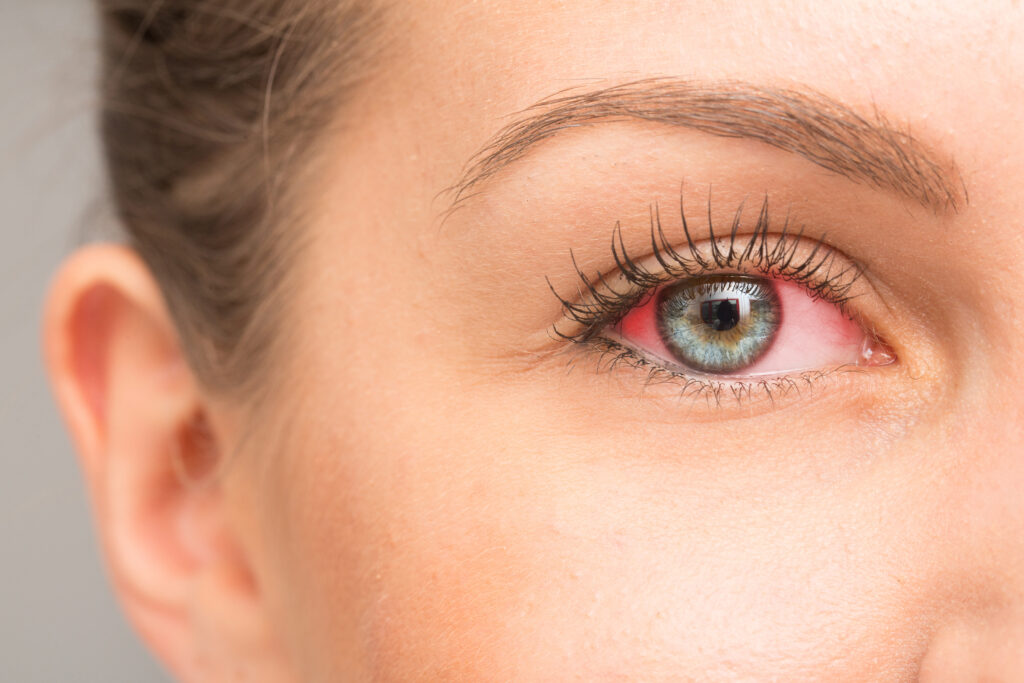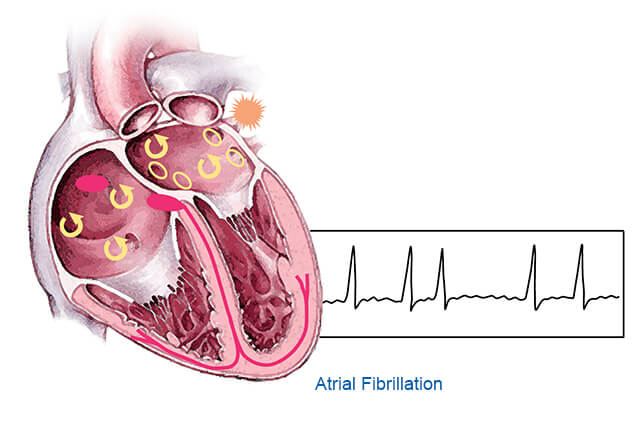
Pink eye is an infection of the tissues that line the eyelid, which doctors call the conjunctiva. For this reason, the medical term for pink eye is “conjunctivitis.” You can get pink eye from bacteria, allergens, or viruses. The condition is uncomfortable, causing itching, swelling, and a burning sensation in the eyes. It usually makes the whites of the eyes turn a very visible red or pink.
Every year in the United States, 6 million people get pink eye. It can affect people of all ages and races. However, children tend to get pink eye more frequently than adults. Fortunately, you can take steps to prevent pink eye and ease your discomfort if you do contract it. Learn more about what pink eye is, what its causes are, and what you can do to treat it.
What is pink eye?
There are many types of pink eye, including viral, bacterial, and allergic pink eye, and each type can require different treatment options.
The most common symptoms of pink eye include:
- Itchy eyes
- Redness in the inner lid or whites of your eye
- Burning eyes
- Swollen eyes
- Sensitivity to light
- Increased tearing
- Thick yellow eye discharge
- Gritty feeling in the eye
- Blurred vision
You can have conjunctivitis in one or both of your eyes. Although most types of this condition are highly contagious, others are not.
Viral conjunctivitis is the most common form of pink eye. It is a very contagious condition usually caused by adenoviruses — the viruses responsible for the common cold. Viral conjunctivitis causes burning, red eyes, and watery discharge. This discharge makes passing the virus from one person to the next easier.
Bacterial conjunctivitis is another contagious form of pink eye. Several different bacteria can cause pink eye, including the one that causes strep throat. With this type of pink eye, you can experience eye soreness and have sticky pus covering your lids.
Allergic conjunctivitis is not contagious. It results from an allergic reaction to animal dander, pollen, smoke, pool chlorine, car fumes, or other irritants. This type of pink eye causes a lot of itchiness and watery discharge.
Pink eye can spread during close contact with someone with it, such as by shaking their hand or touching them. You can also get pink eye by touching surfaces contaminated by bacteria or viruses and then touching your eyes.
Using old eye makeup contaminated with bacteria or viruses can also cause conjunctivitis.
Risk factors for developing pink eye
Although anyone can develop pink eye, certain factors can increase your chances of getting this condition:
- Using extended-wear contact lenses
- Having dry eyes
- Having poor hygiene habits
- Being exposed to irritants
Children are particularly at risk of developing viral or bacterial pink eye because of their close contact with others during school.
How to prevent pink eye
To help prevent pink eye, avoid touching your eyes with unwashed hands. Never share makeup, contact lenses, or glasses.
If you have pink eye and want to prevent others from getting the condition, wash your hands often. Wash anything your eyes come into contact with, including pillows and towels. You should also avoid swimming pools.
If you recently had pink eye and want to avoid reinfecting yourself, throw away used contact lenses, eye drops, and makeup. Disinfect your eyeglasses and cases thoroughly before using them again.
Treating pink eye
The best treatment will depend on the kind of pink eye you have.
For viral pink eye, you won’t generally need official treatment, but there are home remedies you can use to alleviate symptoms. Apply a cold compress to the affected eye and use eye drops. Avoid using contact lenses.
If you have bacterial pink eye, you may have to take antibiotics orally or as eye drops. You can also take over-the-counter painkillers and place a warm, damp cloth over your eyes for a few minutes at a time to ease any discomfort.
If you have allergic conjunctivitis, you must stop exposure to the irritant. The pink eye will continue as long as you’re still in contact with the allergen. To help alleviate symptoms, you can use lubricating eye drops or allergy drops, or you can take allergy medication. In some instances, you may also need anti-inflammatory medications.
Know your risk level
You can protect yourself by knowing the factors that increase your risk of developing pink eye. Practicing good hygiene habits and avoiding irritants can go a long way toward keeping you safe from viral, bacterial, and allergic conjunctivitis.
Resource links:
- “Conjunctivitis” via National Institutes of Health
- “Conjunctivitis: What is Pink Eye?” via American Academy of Ophthalmology
- “A Review of Contact Lens-Related Risk Factors and Complications” via National Institutes of Health
- “Quick Home Remedies for Pink Eye” via American Academy of Ophthalmology




